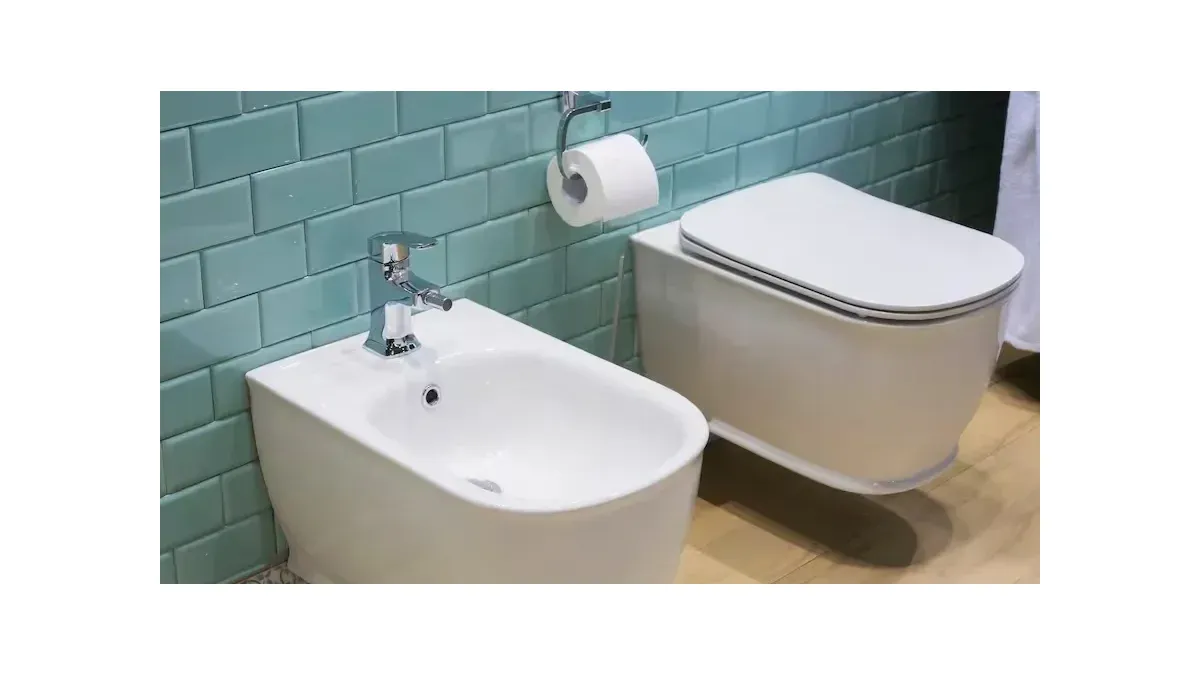An artifact that was born in France during the 18th century revolutionized the personal hygiene and was adopted in unexpected ways in different parts of the world. In Argentina, the bidet became an essential element in bathrooms, although its use has particularities that differentiate it from the rest of the planet.
From its beginnings as an object linked to European nobility to its roots in Argentine homes, this invention has a story full of curiosities and debates. Even in the country where it is most used, its use “in reverse” generates surprises and reflections.
The history of the bidet
The bidet has its origins in Francewhere it was created in the 18th century. According to a popular version, emerged as an accessory to cleanse oneself after sexual intercoursesomething that quickly associated him with the nobility of the time. The ladies of the court used it in their rooms, since its initial design was portable and consisted of a basin on a wooden frame.
The name “bidet” comes from the French term meaning “small horse”, an allusion to the position adopted to use it. This artifact, also nicknamed “the ladies’ confidant,” survived social and political changes, such as the French Revolution, and by the mid-20th century came to be considered a fundamental element for public health in some European countries.
In its first versions, this product was operated manually by pumps that expelled water from a tank. With the advent of running water networks and drainage systems, the design evolved to the fixed model we know today.
bidet-1.webp
Argentina’s unique relationship with an invention that the world left behind.
Why do Argentines use the bidet “backwards”?
The bidet arrived in Argentina towards the end of the 19th centuryat a time when Paris was a cultural beacon for local elites. Travelers visiting the French capital took this artifact with them as a novelty, and little by little it began to be installed in national baths as a fourth essential elementalong with the toilet, sink and shower.
Unlike other countries, Argentines adopted a particular form of use. According to experts, the “correct” way to use it is facing the wall, with the taps in front. However, in the country The opposite use became popular, with the back towards the shinswhat requires unconventional maneuvers to adjust the water.
This peculiarity has baffled foreigners visiting Argentina and has even been topic of debate. Jorge Tartarini, from the Museum of Water and Health History, maintains that this reinvention of use is an example of how the bidet was uniquely integrated into the national culturealthough it also points out that its obligation in construction could disappear in the future due to changes in regulations.
Over time, this product has not only been reinterpreted in its use, but has also faced moral and cultural debates. Initially, it was rejected by religious sectors that considered it immoraland some people mistook it for objects of unknown purpose. Despite these controversies, the artifact remains a distinctive symbol of Argentine bathsalthough its existence hangs by a thread in the face of new design and construction trends.
Source: Ambito
David William is a talented author who has made a name for himself in the world of writing. He is a professional author who writes on a wide range of topics, from general interest to opinion news. David is currently working as a writer at 24 hours worlds where he brings his unique perspective and in-depth research to his articles, making them both informative and engaging.




